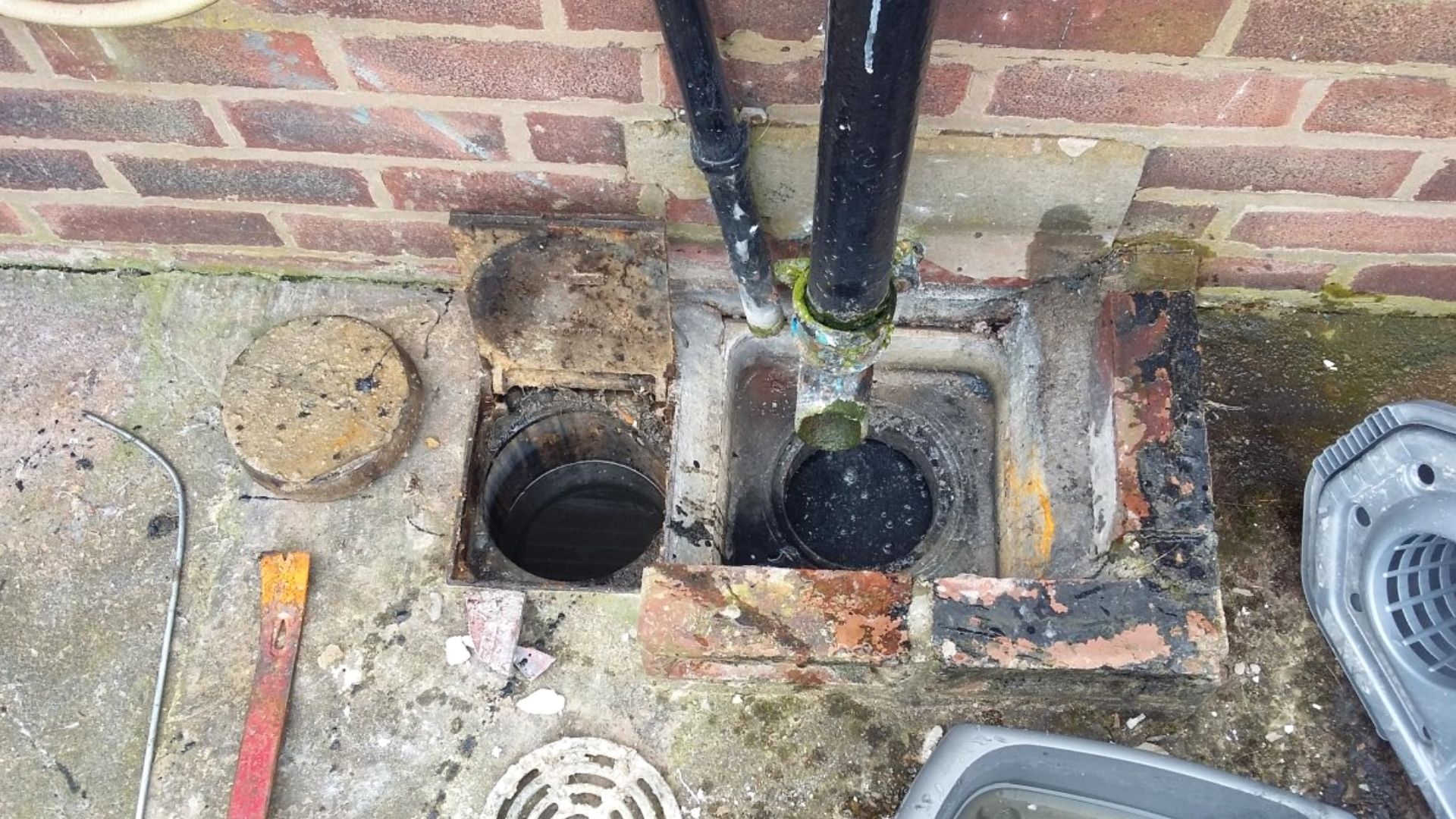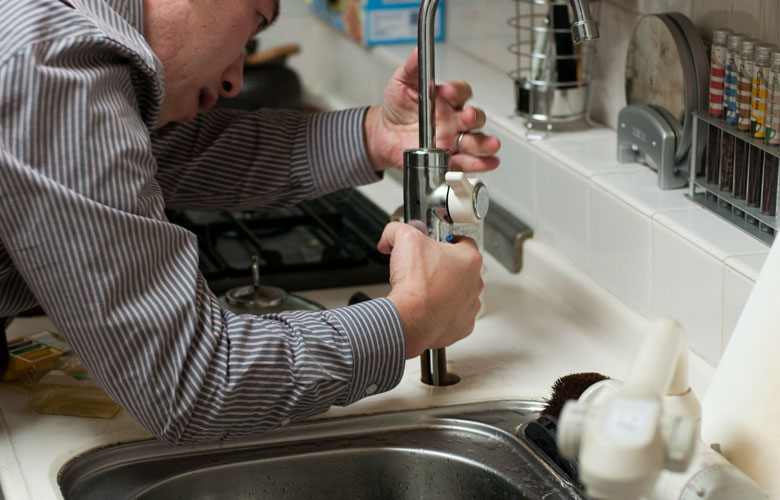Steps for Dealing with a Blocked Drain Before Reaching out to Plumbing Experts
Steps for Dealing with a Blocked Drain Before Reaching out to Plumbing Experts
Blog Article
Just about every person may have their unique conception with regards to What I learned from trying to deal with a clogged drain.

Intro
Managing a blocked drainpipe can be an irritating experience, interfering with daily tasks and potentially triggering damage to your residential property. However, prior to connecting to pipes experts, there are steps you can take to resolve the problem yourself. In this guide, we'll discover DIY remedies and preventive measures to take on an obstructed drain successfully.
Determining the Problem
The first step in resolving a blocked drain is identifying the indications. Slow water drainage, gurgling noises, foul odors emanating from drains, or water support up are common indications of an obstructed drain. Determining these signs early can help prevent further difficulties.
Common Causes of Obstructed Drains
Understanding the factors that add to drain obstructions is necessary for effective resolution. Common perpetrators include hair, soap residue, oil, food debris, and international items like sanitary products or paper towels. Tree origins attacking below ground pipes can additionally trigger substantial clogs.
Do it yourself Solutions
For minor blockages, a number of do it yourself solutions can be effective. Putting boiling water down the drain can aid dissolve oil and particles. Baking soda and vinegar or a mix of salt and baking soda can work as all-natural cleaners. Using a bettor or plumbing serpent to dislodge obstructions is an additional option.
Devices and Equipment
Having the right devices accessible can make do it yourself drainpipe cleaning up much more efficient. A bettor is a functional device for removing blockages in sinks, toilets, and showers. A plumbing serpent or auger can get to deeper obstructions, while drain cleaning chemicals can be made use of meticulously for stubborn blockages.
Safety nets
To prevent future blockages, embracing safety nets is vital. Mount drain guards or strainers to catch hair and particles prior to they enter the pipes. Consistently flush drains pipes with hot water to liquify grease buildup, and stay clear of getting rid of oil or strong waste down the tubes.
When to Call a Specialist
While DIY options can settle small blockages, certain indications suggest the demand for expert aid. Persistent blockages, foul odors in spite of cleaning up efforts, or multiple drains backing up at the same time are red flags that require expert treatment.
Picking the Right Pipes Service
When picking a pipes solution, think about variables such as experience, licensing, and client reviews. Select a trusted plumber with a record of high quality handiwork and transparent prices techniques.
Cost Considerations
The price of expert drainpipe cleaning services can differ relying on the seriousness of the blockage and the plumbing technician's rates. Demand quotes from several service providers and ask about any added fees to guarantee openness and avoid shocks.
Safety and security Precautions
When trying DIY drain cleaning, focus on safety and security. Use protective gloves and glasses to prevent contact with damaging chemicals or bacteria. Never blend different drainpipe cleansing products, as this can produce hazardous fumes.
Instance Researches
Real-life examples highlight the efficiency of DIY options and the relevance of prompt expert treatment in fixing drainpipe obstructions.
Conclusion
By following the pointers laid out in this overview, you can efficiently take on obstructed drains pipes and stop future pipes problems. Whether going with do it yourself services or looking for expert aid, prompt action is vital to maintaining a healthy pipes system and maintaining the stability of your home.
How to Clear a Clogged Drain Yourself (And When to Call In the Professionals)
What Can Clog a Drain
Dirt Skin flakes Hair Grease Soap scum Food Offset pipes Tree roots Small objects Mineral buildup DIY Tricks to Unclog a Drain
You can fix this! Once you have identified the source of the clog (or have a vague idea), you can try one or a combination of these fixes in order to clear your plumbing.
Wire Hanger or Snake
Untangle and clear out hair from a drainpipe with a homemade snake. Use a straightened-out wire hanger with a 90-degree angle hook to locate the clog and drag out any unwanted material.
Remember not to push the clog further down to where the wire hanger cannot reach! If you need to follow up with a plunger, give it a try. Your efforts might be more successful after it’s been wire-snaked.
If you want to get fancy and don’t have a wire hanger to spare, head to the store and pick up a hand-operated drain snake. You can get one for $10-$30. It may save you the hassle, and provide additional length to reach deep into the clogged pipe.
Plunger
A cup plunger has a suction cup attached to a wooden handle. The rubber creates a seal around the drain, and increases the pressure force of the plunger.
Plunge for 30-second increments to loosen the clog. This may need to be repeated over the course of 15-20 minutes. Once plunged, run the water to flush the remaining material out of the drain.
Remember– never use a plunger if you have used a chemical drain cleaner. These chemicals can splash up from the force of the plunger and cause serious injury or burns.
Boiling Water
Hot water can sometimes break up materials into a flushable amount. Dirt, grease, and soap buildup requires heat in order to unstick from surfaces.
Take your kitchen kettle and heat your water to a boil. Once it reaches a rolling boil, pour it directly down the drain into the blockage. Carefully follow with plunging, if necessary.
Don’t worry if this takes more than one try! It can often take multiple kettles and repeated plunging in order to clear a particularly stubborn clog.
Chemical Drain Cleaner
As a last resort, pick up a bottle of chemical drain cleaner. Drain-cleaning chemicals are potent, and not very good for the environment.
You may need to wear protective eyewear in gloves before handling your bottle of chemical drain cleaner. Follow the instructions printed on the bottle, and flush with water as soon as the instructions allow. Do not follow with plunging.
Baking Soda and Vinegar
As a safer alternative to chemical drain cleaner, baking soda and vinegar can create a chemical reaction that clears tough clogs.
Combine one cup of cleaning vinegar with one cup of boiling water, and set aside. Once you have done this, pour half a cup of baking soda down the drain. Give the baking thirty seconds to settle and cover a large portion of the problem drain.
Following the baking soda, pour down your vinegar and hot water solution. Once the vinegar and baking soda combine, the mixture will bubble and fix. Let this reaction fizzle in the drain for about an hour.
After an hour, follow with a kettle’s worth of hot water. The heat and liquid should flush out any remaining material.
When to Call a Plumber
If your DIY attempts haven’t cleared your clog drain, it’s time to call in a professional. It’s not worth losing access to your kitchen sink or high-traffic bathroom. A clog in a vital area can keep you from the things you’d rather be doing, and derail your routine.
Anytime a clog is causing water to spread is a time to call in a plumbing service. What starts out as a little bit of water can quickly grow into serious, expensive water damage.
Additionally, a serious clog can result in burst pipes or serious leaks. Make sure you know when to take it seriously!
https://myguysnow.com/how-to-clear-a-clogged-drain-yourself-and-when-to-call-in-the-professionals/

I have been very drawn to What I learned from trying to deal with a clogged drain and I'm hoping you liked the new post. For those who appreciated our blog entry kindly be sure to share it. I love your readership.
Book Report this page